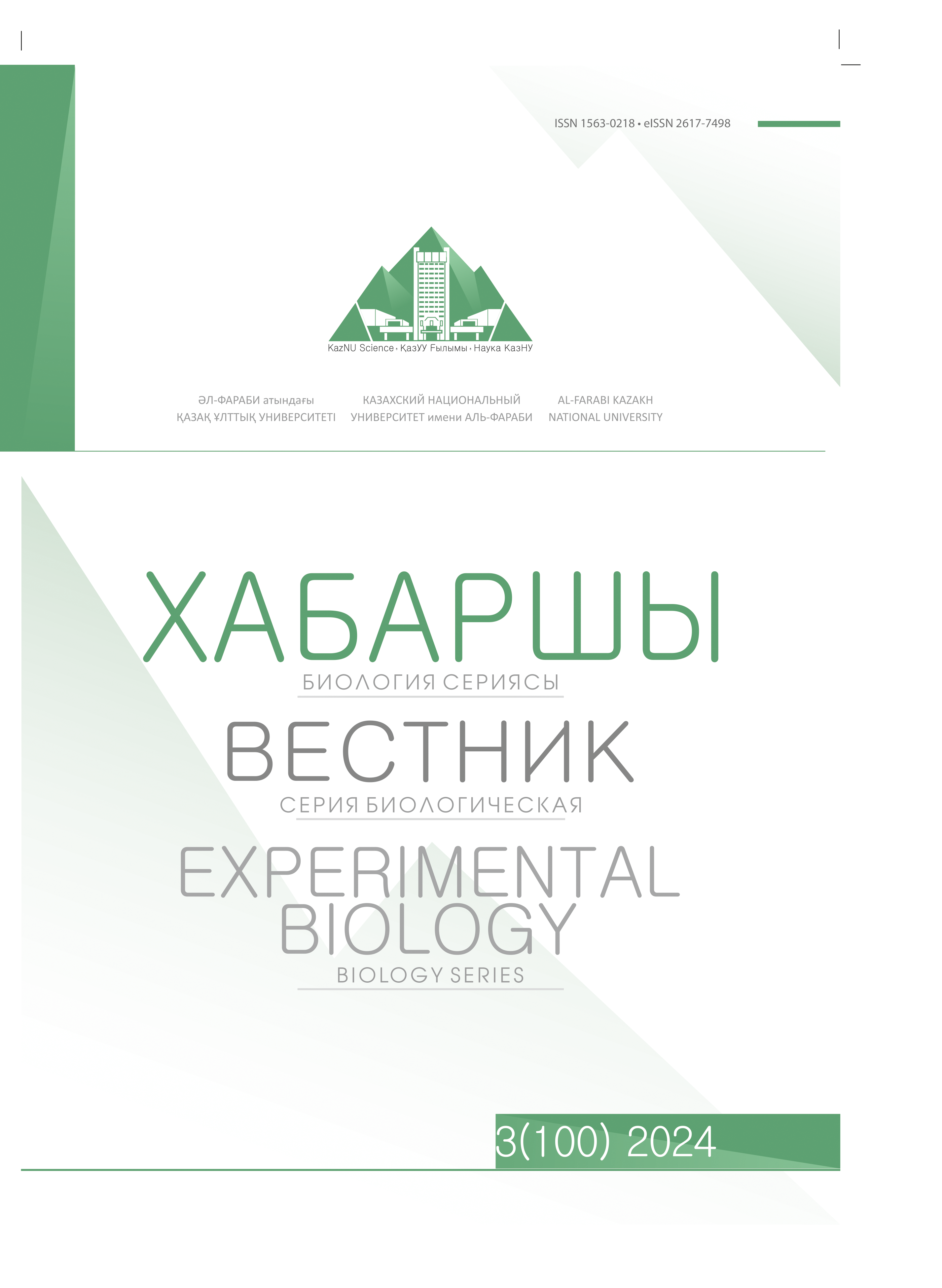DROMEDARY AND HYBRID CAMELS’ MILK COMPOSITION
DOI:
https://doi.org/10.26577/bb.2024.v100.i3.09Keywords:
camel milk, dromedary camels, hybrids, milk compositionAbstract
Nowadays, camel milk is in high demand both in domestic and foreign markets. The potential value of camel milk is on average 3.6% of the total national milk production, and this proportion increased by 30% since its independence. In the last 20 years, the production of camel products increased 5 times. There is an upward trend in prices for camel dairy products, which create an attractiveness for breeding camels with high dairy productivity in the country. Specific physiology and adaptive capacity and increased interest for these animals as livestock species worldwide could lead to high productive camels becoming an important milk source for humans. In this article the difference in camel milk composition of Aruana breed and hybrids from different regions of Kazakhstan was determined.




